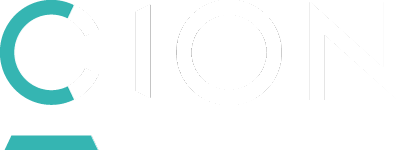Featured Article
Q2 2025 Outlook: The Boiling Point: How Patience Beats Panic in Long-Term Investing
There’s a reason that Grandma’s wisdom sticks: a watched pot never boils. Or at least, it feels that way. Stirring the water, peeking under the lid, sending memes in the group chat—none of it…
Filter by Category:
Content Type:
Sort By:
